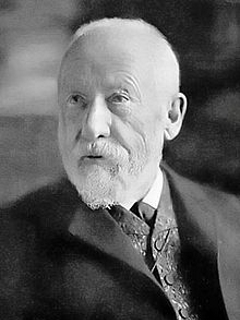
Publication details
Publisher: Springer
Place: Berlin
Year: 1994
Pages: 427-450
Series: Contributions to Phenomenology
ISBN (Hardback): 9780792329640
Full citation:
, "The enigma of art", in: The question of hermeneutics, Berlin, Springer, 1994


The enigma of art
phenomenology of aesthetic experience or archaeology of the work of art?
pp. 427-450
in: Timothy J. Stapleton (ed), The question of hermeneutics, Berlin, Springer, 1994Abstract
In 1905 Wilhelm Dilthey published his famous Das Erlebnis and die Dichtung (Experience and Poetry) in which he tried to show the intrinsic link between lived experience and art, literature and poetry in particular. With Goethe in mind, Dilthey saw poetry as the representation and expression of life. Art, he asserts, is thoroughly "Erlebniskunst" (art of experience).1 But what does this concept in all its ambiguity mean? How can we understand a claim so reminiscent of a romantic conception of art, that is, the unconscious expression of genius? Has art never really been anything more than the authentic expression of the intensity of the artist's inner life or of the aesthetic pleasure which art-lovers experience? Isn't the work of art then, in the last analysis, simply the produced or perceived object of a single subjective experience? Or could it be something more, its essence originating elsewhere, beyond the closed sphere of human subjectivity in which artistic creation or aesthetic pleasure is lived? Does art not radically transcend all subjectivity and all lived experience, all Kunsterlebnis (experience of art)? Art seems threatened with its demise when reduced to a lived aesthetic, but has some chance of survival when restored to its proper reign.2
Cited authors
Publication details
Publisher: Springer
Place: Berlin
Year: 1994
Pages: 427-450
Series: Contributions to Phenomenology
ISBN (Hardback): 9780792329640
Full citation:
, "The enigma of art", in: The question of hermeneutics, Berlin, Springer, 1994

